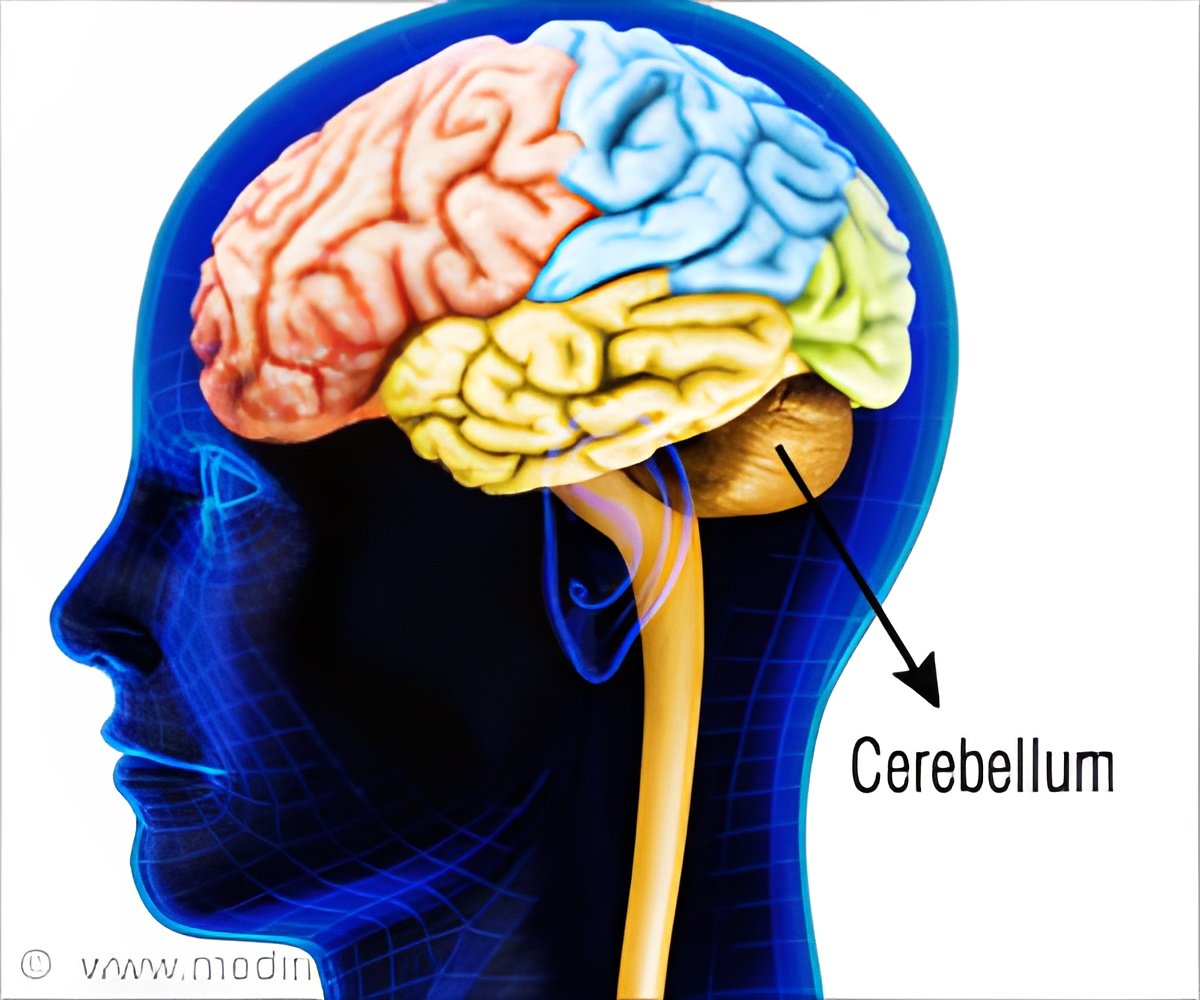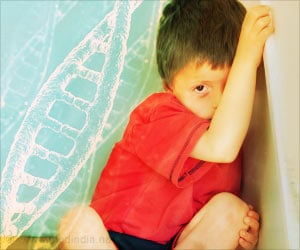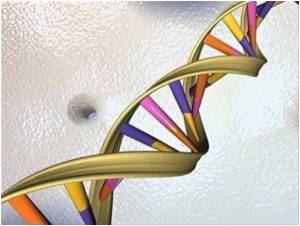Gene expression determines the critical brain development period,the second postnatal week, that is affected by inflammation and impairs later social behavior.

TOP INSIGHT
Consequences of inflammation locally in the cerebellum are prevented by peripheral treatment with the cyclooxygenase inhibitor or the aromatase inhibitor.
Using the laboratory rat, researchers have discovered a narrowly constrained critical period of brain development, that is Purkinje neuron development, which is subjected to dysregulation by inflammation, during the second week of life.
This critical period is determined by gene expression profile present only during the second postnatal week and not the first or third weeks.
When inflammation occurs during the second postnatal week, it results in stunted dendrites of the cerebellum's principal neurons, Purkinje cells, and impairments in later social behavior.
Genes expressed during this time code for enzymes and receptors which are critical not only for prostaglandin production and activity but also for estradiol production and estradiol action.
The deleterious consequences of inflammation locally in the cerebellum are prevented by peripheral treatment with the cyclooxygenase inhibitor nimesulide or the aromatase inhibitor formestane.
These changes are not evident if inflammation occurs during the first or third week, highlighting the importance of fine-grained analyses of developmental processes and the factors that influence them.
Source-Medindia
 MEDINDIA
MEDINDIA




 Email
Email










